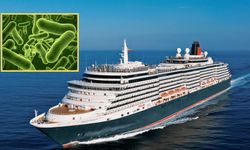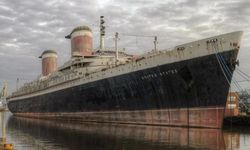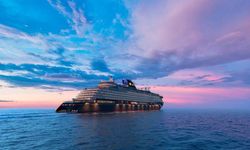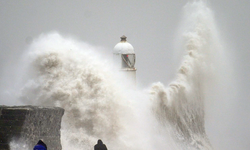The vessel, which sank after being torpedoed during World War I, was identified during geophysical and environmental surveys conducted for the upcoming MarramWind offshore wind farm. The project, led by ScottishPower and Shell, used sonar data to locate the wreck.
The SS Tobol, a Russian merchant vessel, was built in Sunderland in the early 1900s. Originally named the SS Cheltenham, it was captured by a Russian warship in 1904 and renamed. The ship, known for its unique 'turret deck' design, was en route from Blyth, England, to Arkhangelsk, Russia, when it was sunk by a German U-boat in September 1917.
The wreck's discovery was confirmed by Toby Gane, an expert in marine archaeology from WSP, a consultancy firm involved in the project. "It's incredible that, more than a century later, we finally have a sense of where the SS Tobol went down," Gane said.
Colin Anderson, Development Manager for MarramWind, hailed the discovery as an "extraordinary find." He noted that while such surveys often uncover wrecks, most are smaller, well-documented vessels. "To discover the SS Tobol, whose location was unknown for over 100 years, adds significant historical value," Anderson said.
The discovery follows another recent find off the Scottish coast—the wreck of the HMS Hawke, a WWI vessel sunk in 1914, which was located by divers just last month.
To protect the site, MarramWind has established an exclusion zone around the wreck, with ongoing discussions with the UK Hydrographic Office and Historic Environment Scotland to ensure its preservation.
Once completed, the MarramWind project is expected to generate enough electricity to power 3.5 million homes across the UK.






